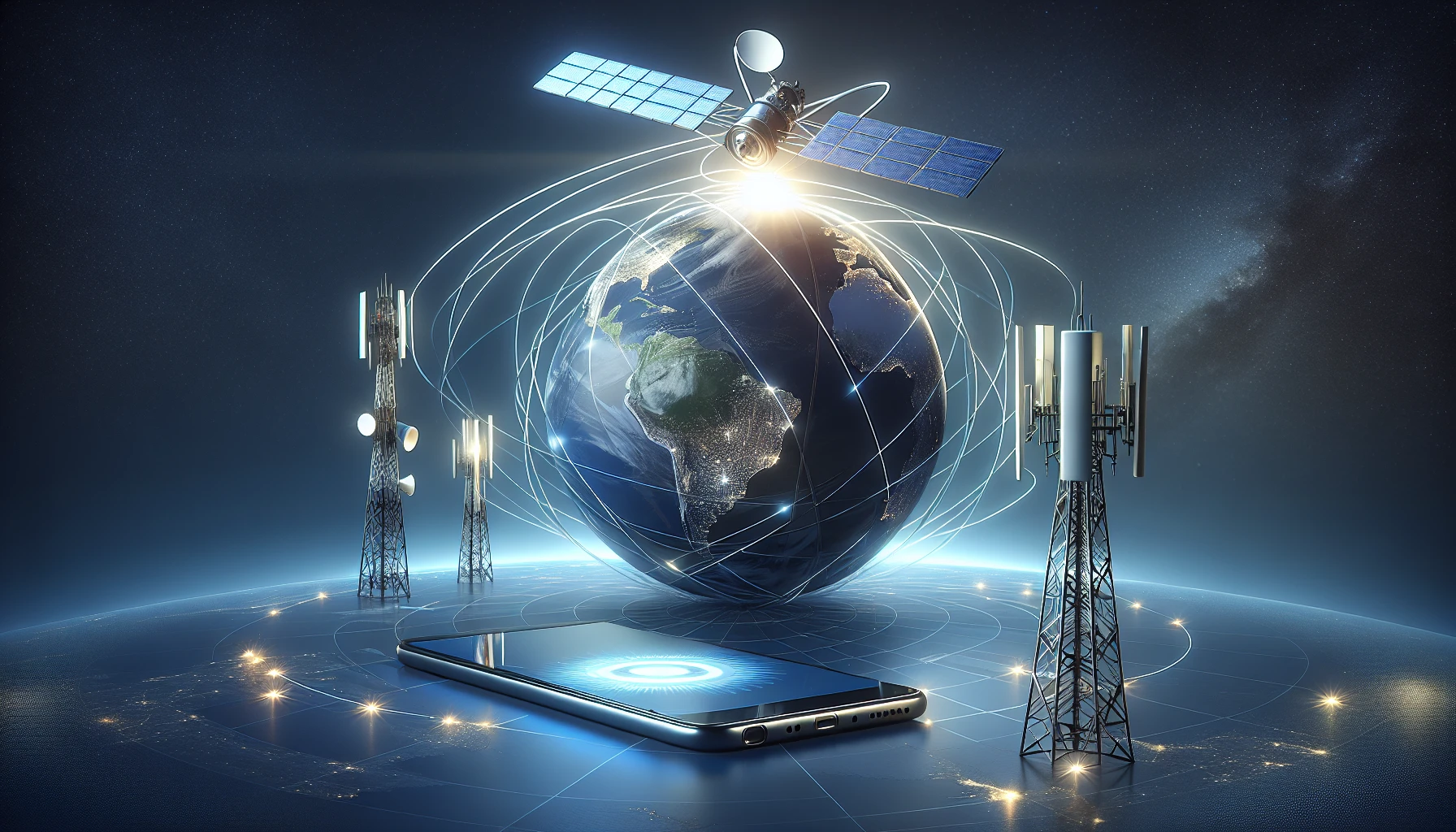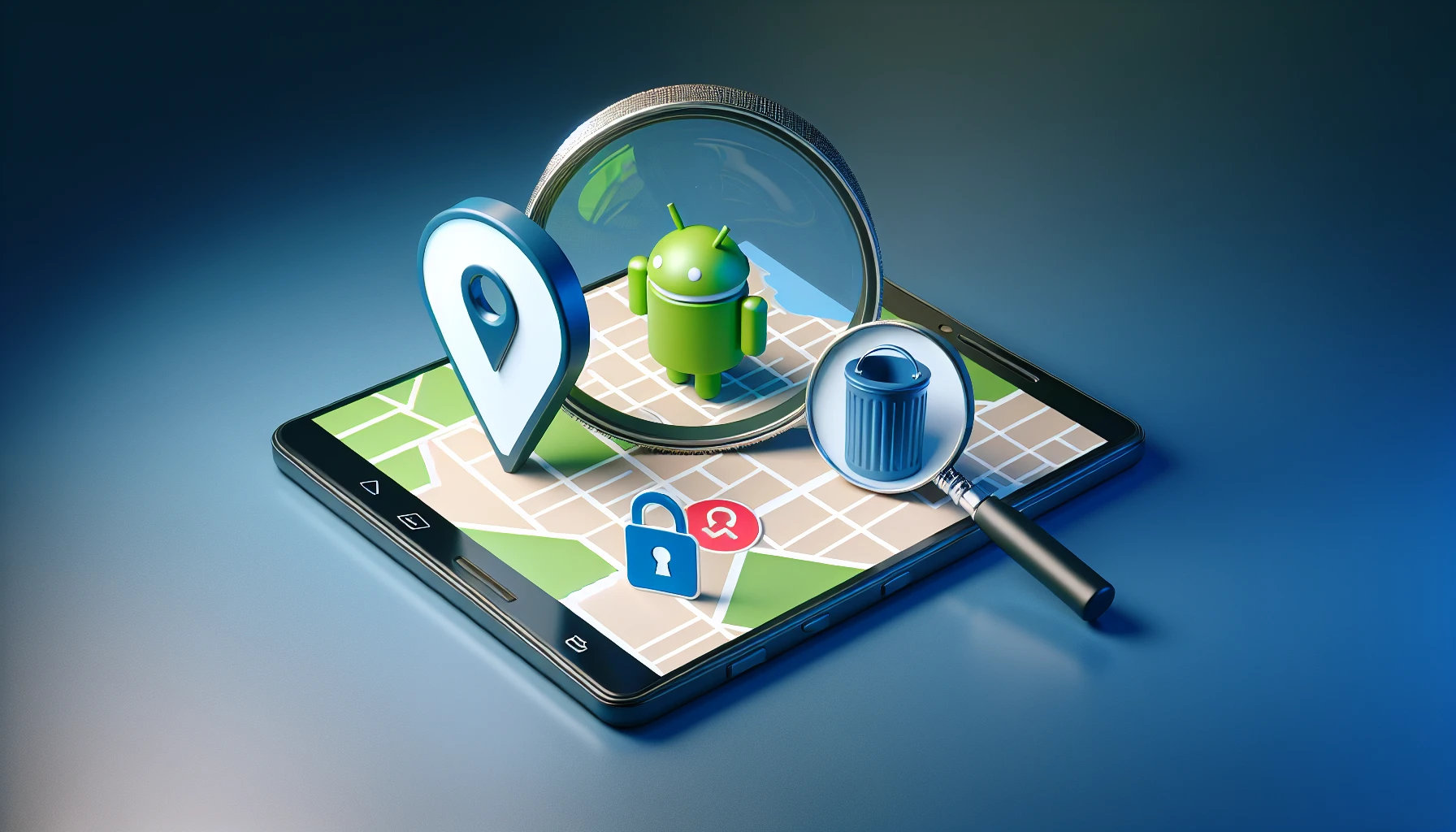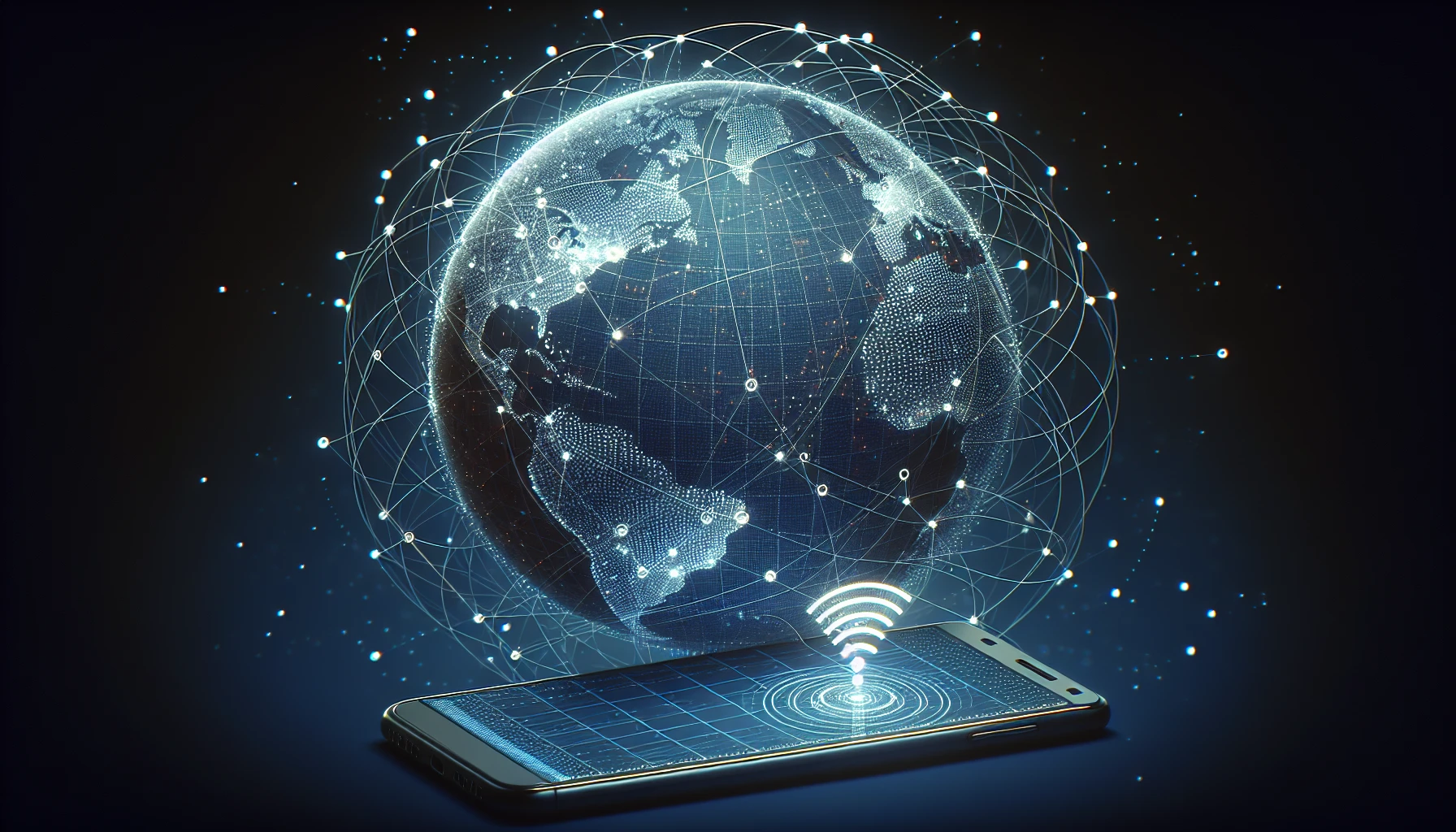Ultimate Guide: How to Track a Phone Location Easily and Securely
When you misplace your phone, it can be an incredibly stressful moment. Beyond being a device with access to personal and professional information, phones are critical connections to their daily lives. To provide peace of mind amidst the panic, there are now several methods available that enable users to locate lost or stolen devices - from GPS tracking technology through Android/iPhone integration options and more! That said though. Remember to maintain safe security practices when using any kind of mobile tracking solution so as not to infringe on others’ privacy too much either. Here we will explore in greater detail all these various approaches one might employ when looking for their missing telephone quickly yet responsibly.
Key Takeaways
- Understand the basics of phone tracking and enable location services on your device.
- Leverage inbuilt features such as ‘Find My Device’ for Android phones and ‘Find My’ for iOS devices, or use third-party apps to track a lost or stolen phone.
- Balance tracking needs with data privacy considerations by adopting best practices such as strong passwords and two factor authentication.
Understanding Phone Tracking Basics

Tracking a phone’s whereabouts depends on several technologies, such as GPS and cell tower triangulation. Gaining an understanding of these methods aids in selecting the right tracking method to use – finding your device can be paramount when it has been misplaced or stolen.
Enabling location services is necessary for accuracy and security with any kind of phone tracking. This way you will have peace-of-mind that your device can be located properly if needed. This assists by verifying its precise position at all times through strategies like utilizing GPS coordinates and analysing cellular network activity from towers close by.
The Role of GPS in Locating Your Device
GPS, which stands for Global Positioning System, is a satellite-based navigation system that has revolutionized location tracking. With the help of GPS technology and depending on the device’s capabilities as well as environmental conditions present, any connected device can be located with precision within 3 to 15 meters (9.8, 49.2 feet). This degree of accuracy makes it useful in cases when users need to locate their misplaced devices or remotely wipe away data from them via remote access services such as location tracking and more than one gadget if each user enables its respective Location Services settings. Lastly, one can also utilize GPS Tracking functions across several gadgets simultaneously.
Cell Tower Triangulation and Its Uses
Measuring signal strength from various cell towers can be a great way of figuring out your device’s location. This technique, referred to as ‘cell tower triangulation’, is especially useful in areas with poor GPS reception or no GPS at all.
Even though this method tends to be less precise than tracking via GPS, it still enables you to estimate the approximate position of your phone.
Importance of Enabling Location Services
It is important to enable location services on your phone in order for it to be accurately tracked. Location features allow the utilization of GPS, cell tower triangulation and other such tracking technologies that render you more precise results. To switch on this feature with an Android device, go into Settings and toggle the option found under ‘Location’ - whereas iOS users must open Privacy followed by selecting ‘Location Services’ via their settings page.
Enabling these specific options makes sure proper monitoring whether using a pre-installed service like Find My Device or third party applications as both provide secure tracking abilities when enabled correctly.
Essential Steps to Prepare Your Phone for Tracking

In phone tracking, being prepared is of utmost importance. Android and iOS devices are equipped with Find My Device (for Android phones) or ‘Find My’ (iOS) tools to help users easily find their lost/stolen gadget if needed. Once these features have been activated, you will always be a few steps away from finding your device, no matter what may happen!
Activating 'Find My Device' on Android Phones
If you have an Android phone, the ‘Find My Device’ feature can give you peace of mind by helping to locate your device if it gets lost or stolen. Through GPS tracking and cell tower triangulation technology, this tool allows users to find their phones’ location, make them ring at full volume for easy locating, as well as wiping its data remotely.
To use ‘Find My Device’, go into Settings > Devices. Security and enable the option. Once enabled, a lock screen will provide Security on top of what is already offered through ‘Find My Device’. With both in place owners need not worry about their android devices being out of reach when needed most!
Setting Up 'Find My' on iOS Devices
If you own an iPhone, the ‘Find My’ feature is essential for tracking lost or stolen devices. To enable this function on your iOS device, here’s how to go about it: open Settings > tap your name> scroll down to locate ‘Find My’> activate either Find my iPhone or iPad depending on which one of these models are owned.
A nifty bonus that comes with setting up the ‘Share My Location’ feature allows family and friends access to know where you’re at in real-time, another helpful layer of security against theft or misplacement.
Through using ‘FindMy,’ users have peace knowing their gadget will be safe from any potential losses as soon as they set it up!
How to Locate Your Android Device

When it is time to look for your misplaced Android device, a few options are available. Among them, you can pick the one that suits best according to your requirements and preferences. Both ‘Find My Device’ from Google as well as third-party tracking apps have an important role in this process of discovering the position of your device.
We will analyze all possibilities thoroughly so we find out what’s more secure and efficient when aiming at finding its location successfully.
Using 'Find My Device' to Track Your Phone
When it comes to locating your Android phone or other devices, the ‘Find My Device’ feature proves invaluable. To use this service, you need only log into your Google Account through its website or app and select which device you would like to find – then you will be able to observe its location on a map in order for tracking, locking and even erasing any lost gadgets!
Although results may not always be 100% accurate depending on conditions such as reception range etc., Find My Device remains an effective tool for protecting all android phones from getting stolen - or worse, losing them entirely.
Additional Android Tracking Apps
If you want to add extra protection and capabilities, consider third-party tracking applications like Where’s My Droid, AirDroid, and Life360. These apps provide numerous options for monitoring as well as facility of location sharing that can be customized according to your requirements.
It is important that not all such mobile programs give the same quality or come with a similar set of features - so it’s best if one opts for an app with clear privacy policies so their data remains safeguarded at all times.
Tracking an iPhone: Methods and Tips

For iPhone users, there are multiple ways to trace and find the location of their device. Through the ‘Find My’ function that is preinstalled or through a trusted third-party app, these strategies make it easy for you to identify where your phone is at any given moment.We will discuss how exactly we can go about safely figuring out our device’s whereabouts utilizing both inbuilt tools as well as external sources.
Leveraging 'Find My' to Secure Your iPhone
The ‘Find My’ feature on iPhones is crucial for safeguarding the device. With this, it’s easy to track down where your iPhone currently is by using other Apple devices or even iCloud web services. To utilize ‘Find My’, here are the steps: Log into your Apple ID and select the iOS device you want to locate. Its exact position will be shown on a map, making it possible to lock/erase if required in case of theft or misplacement.
Third-Party Apps for Enhanced iPhone Tracking
For extra security and tracking options, iPhone users can benefit from third-party apps such as Google Maps, Glympse or FollowMee. These applications offer a range of location sharing solutions together with enhanced tracing features which give you more control over the process. When choosing an appropriate device app for this purpose, it’s important to be aware of its data safety measures before installing it on your phone.
Tracking a Phone Using Carrier Services

Using carrier-based location services can be another method to locate your phone if necessary. These options may not be as precise as dedicated tracking applications, yet they still have the capability of providing helpful information about its whereabouts. It is essential to keep in mind any charges associated with such services and mull over potential drawbacks before trusting this service for finding one’s device.
Understanding Carrier-Based Location Services
If you’ve lost your cell phone, tracking it down with the help of a mobile carrier’s location services may be an option. These use network signals and other forms of data to give you an estimated position in relation to its surroundings. Whilst this is not as accurate compared to GPS or other similar methods, these can still provide useful information when trying to find where the device is located - though do note that additional fees for usage are likely involved and accuracy will depend on both your service provider and type/model of cellular handset.
Innovative Ways to Track Your Phone Without Traditional Apps
If you need to find your lost or stolen phone without using conventional apps, then there are more advanced tracking options available. Through smart home integration and wearables technology, locating a missing device is made possible in innovative ways.
We will take a look at these strategies for tracing the location of your cell phone beyond what typical applications can provide so that it’s no longer necessary to rely on them alone.
Smart Home Integration for Locating Your Phone
Smart home speakers such as Google Home Hub make it easy for you to locate your phone by simply speaking the command “OK Google, find my phone”. This helpful capability can track your device without needing any extra applications or subscriptions thanks to a free mobile tracker built-in.
No matter where you are in the house, this handy feature makes keeping tabs on misplaced phones hassle-free and simple!
Wearable Technology and Phone Tracking
Wearable tech such as Bluetooth tracking systems can be of great help in finding a lost or stolen phone. By syncing it to your handset, you will receive an alert should the device go missing - allowing you access to brands like Tile, Chipolo and Apple AirTag that make use of these user-friendly trackers. It is certainly one option worth looking into when other attempts have failed in locating the misplaced cellular device!
Protecting Data Privacy During the Tracking Process
Maintaining a secure device is important when phone tracking in order to locate lost or stolen phones. Achieving equilibrium between the need for monitoring and safeguarding your data privacy must be paramount while achieving this, so as to ensure an optimal level of protection for personal information. To help achieve that balance, here are some tips on how you can preserve your data security during phone tracing.
Balancing Tracking Needs with Privacy Concerns
Before engaging in phone tracking, it is essential to take into account important considerations such as consent, precision, security and battery usage. To ensure ethicality of the process while respecting legal guidelines that might be applicable in different areas, one should obtain prior approval for location monitoring via a cell device. Using secure applications and understanding which data are collected or shared is an effective way to protect both your and other people’s privacy when undertaking phone tracking activities.
Best Practices for Secure Device Tracking
Location services should be enabled on phones for safe device tracking. Utilizing built-in features such as ‘Find My Device’ or ‘Find My’ can help users track their devices with ease and privacy concerns need to be taken into account. Strong passwords and two-factor authentication are recommended whenever possible when using phone tracking capabilities in order to keep your data secure at all times. Following these steps will ensure that one is able to effectively monitor the location of their device while keeping personal information secure.
Summary
With the right tactics and technologies, you can be assured that finding a lost or stolen phone is just a few clicks away. GPS tracking as well as cell tower triangulation are two essential methods for locating your device, while enabling location services will help with monitoring family members or employees. Data privacy should always be taken into consideration when utilizing phone tracking - by following proper protocols and being aware of potential risks associated with this process, peace of mind can easily be achieved no matter what the situation may be.
Frequently Asked Questions
Can I track a cell phone with just a number?
It is feasible to pinpoint the whereabouts of a cell phone through just its number by either using a tracking app or engaging with a telephone look-up service.
How can I track the exact location of a mobile number?
A phone tracker is the most straightforward way to pinpoint precisely where a mobile number is located. Several applications such as Intelius, Spokeo, mSpy, Scannero.io, Hoverwatch, uMobix and Phonsee can help in this endeavour.
Can I track my family members phone?
Through applications such as iPhone Family Sharing, Google Family Link and AirDroid family locator, it is simple to keep tabs on the whereabouts of your relatives by utilising GPS. Nevertheless, for this service to be viable, all members of the family need to agree with sharing their location information via GPS.
Are all phone tracking apps reliable and secure?
Not all phone tracking apps are reliable and secure, so it’s essential to select a reputable one with transparent privacy policies to ensure data is safeguarded.
Can carrier-based location services track a phone as accurately as GPS?
Location services based on carriers are usually less precise than GPS, making it impossible to determine the exact location of a phone like one can with GPS.